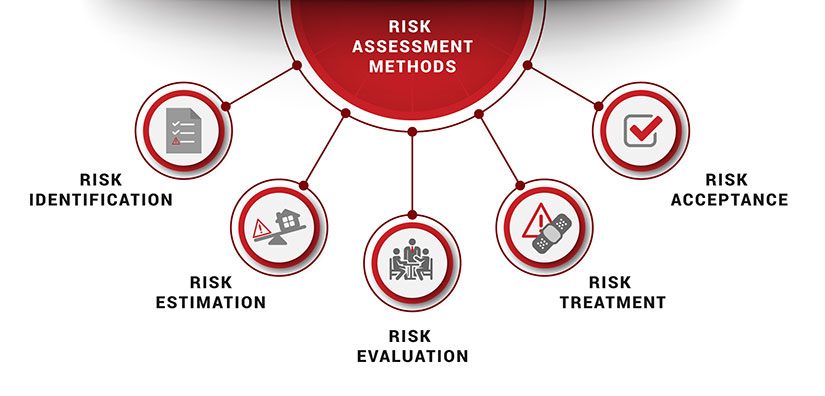A risk analysis classifies, assesses and measures the likelihood and extent of risks, and establishes the sound base of an effective risk management program for an organization. Project management in the absence of considering the important risks that affects it negatively can lead towards catastrophic outcomes. In order to help with the of risk analysis different methods have been established that support in delivering an effective mechanism for the process. Risk analysis methods are procedures for classifying and evaluating unwanted happenings or outcomes of a practice, and defining whether the risks are tolerable.
Qualitative Risk Analysis Methods
This is a risk analysis method which is usually used for decision making in business ventures. Entrepreneurs rely on their judgment, understanding, experience and insight for decision making. These methods can be selected when there is minimum risk level and there is no warranty of time and resources required for making a complete analysis. Moreover, these methods are preferred when there is lacking of available numerical data for an additional quantitative analysis that can provide the foundation for a consequent and more thorough analysis of the worldwide risks for the organization. These methods consist of questionnaire and organized interviews, brainstorming, multidisciplinary group’s assessment, judgment of specialists and experts which is also known as Delphi Technique.
Semi-Quantitative Methods
In semi-quantitative methods word categorizations are used like high, medium or low, or more comprehensive descriptions of probabilities and outcomes. These categorizations are presented with regard to a suitable scale for measuring risk level. It is important to know that vigilant attention must be given to the scale used for avoiding any sort of confusions or misunderstandings of the calculated results.
Quantitative Methods
In quantitative risk analysis methods, it is possible for us to allocate values of occurrence to the different identified risks. To be exact it means to calculate the project’s risk level. Los quantitative methods consist of Computer simulation, Analysis of likelihood, and Analysis of consequences. Their measurement development can be influenced through different mechanisms, among which the Monte Carlo Method is particularly noticeable.
Risk Factor Analysis (RFA)
Risk Factor Analysis (RFA) is one of the numerous risk analysis methods used with a qualitative approach. It is a flexible system that can be adjusted to a comprehensive range of set-ups with different qualitative risks. Examples of doubts that RFA can see consist of risks that influence project cost like materials and labor and scheduling like the accessibility of facilities and personnel. Technical risks that include the technology maturity level which applies to the venture.
What-If Analysis
A what-if analysis is used to classify risks and hazards. What-if questions are asked regarding what can possibly go wrong and regarding what will happen if things don’t work out as planned. This kind of analysis is a brainstorming activity and is performed by those people who possess knowledge regarding the parts, processes, and practices that may be uncovered to dangerous events and circumstances.
Failure Mode and Effect Analysis (FMEA)
A Failure Mode and Effect Analysis (FMEA) method is used to classify possible disasters and to discover what will be the effect of failures. This method initiates by choosing a structure for analysis and then investigates all components within the system. Afterwards, it tries to forecast what will occur in the system all together when all components proved to be unsuccessful. Generally, this method is used to forecast failures in the hardware and is most suitable for this objective.






